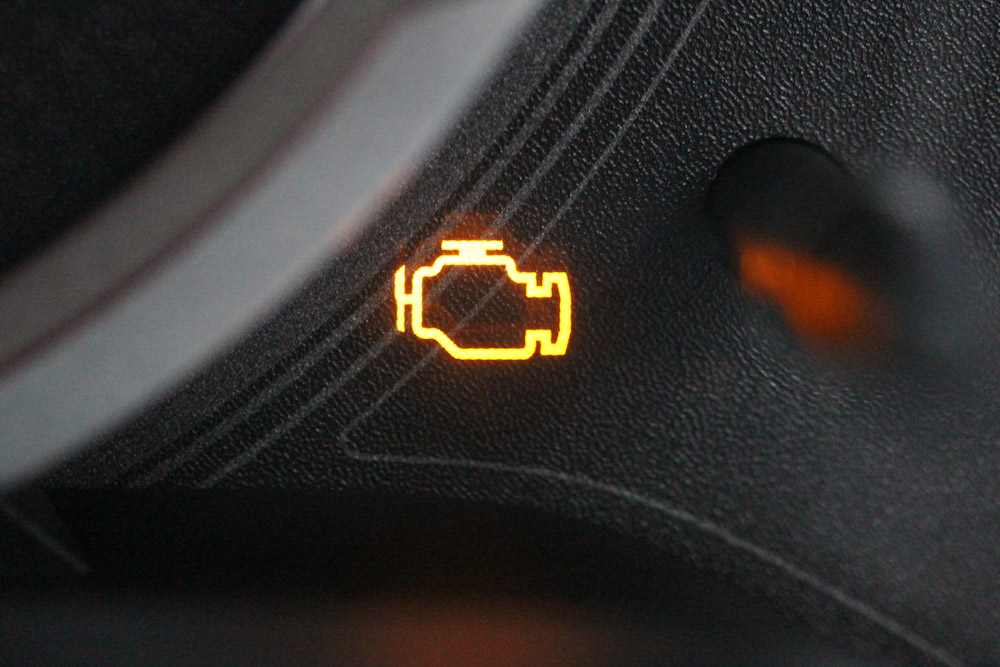We’ve all been in that situation where we look down at our speedometer only to see the check engine warning light illuminated before our eyes. Thoughts of broken-down cars and four-digit invoices begin to parade around our minds as blood levels rise.
Perhaps this may be a bit dramatic, but to some degree, we can all relate. The check engine light is one of the last things a car owner wants to see. The truth of the matter is, the check engine warning system is designed to alert you before an issue gets out of hand. Moreover, it is not always an indication of a significant issue. In order to add clarity to the confusion surrounding this pesky (but useful) light, let’s consider some of the most common reasons it illuminates. According to CarMD, here are the top 10 check engine vehicle repairs in the U.S. from 2019:
1. Catalytic Converter Replacement
The catalytic converter is a device tasked with controlling exhaust emissions, reducing toxic gases and pollutants that exit the internal combustion engine. A damaged catalytic converter will ultimately lead to poor emissions output.
2. Oxygen Sensor Replacement
The engine needs a mixture of fuel and oxygen to run at maximum efficiency. The oxygen sensor is a small electronic component that peeks into the car engine exhaust system and determines if oxygen levels are appropriate.
3. Spark Plug Replacement
Most cars today still use internal combustion engines. These engines pull in fuel and air, while spark plugs create a spark, igniting the fuel and creating energy that ultimately moves the vehicle forward. If the spark plugs aren’t working properly it affects engine performance.
4. Loose Fuel Cap
The gas cap helps to protect the gas tank from unwanted dust, dirt and debris. If such things find themselves in the fuel line, it can gunk up the engine and cause problems. For this reason, there are sensors that trigger the check engine light when the gas cap is not properly secured.
5. Mass Air Flow Sensor Replacement
Not to be confused with the oxygen sensor, the mass air flow sensor is used to determine the rate of air entering an internal combustion engine. This component is necessary to ensure the correct balance of fuel delivered to the engine.
6. Ignition Coil Replacement
The ignition coil works in tandem with the car battery, taking the low-voltage battery power and converting it to the high voltage necessary to create an electric spark in the spark plugs ultimately igniting the fuel.
7. EVAP Purge Control Valve Replacement
Commonly referred to as the purge valve, this component is part of the Evaporative Emission Control (EVAP) system. This valve keeps fuel vapors from escaping from the vehicle by keeping them contained within a charcoal canister.
8. Fuel Injector Replacement
Much like the name suggests, the fuel injector injects fuel into the engine. Through the use of electronically controlled valves, the fuel injection system distributes petrol and diesel evenly for optimum efficiency and combustion.
9. EVAP Purge Solenoid Replacement
The EVAP purge solenoid is, of course, a part of the EVAP system which eliminates fuel vapors, helping to reduce air pollution.
10. Thermostat Replacement
Vital to your car’s cooling system, this component regulates the amount of coolant that is recirculated back into the engine. If your car’s thermostat isn’t in proper working order, your vehicle will be prone to overheating.
Come Into Schulz Garage for a Diagnostic
Regardless of the underlying cause, a check engine light should not be ignored. If you see this light illuminate on your dash, let your Medford auto repair experts at Schulz Garage take a look. Our expert mechanics will diagnose the issue and work to get you back on the road safe and sound. For more information about our Medford auto care services, contact us today.

